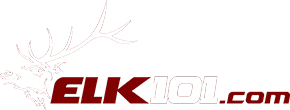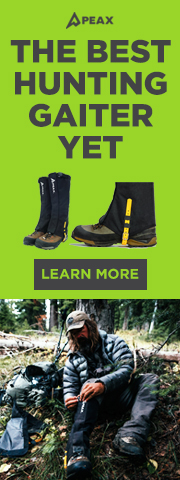How much of a factor due you think genetics play into mature bull antler size?
Here are a few of the things that could relate, that I have observed over the years.
In the area where I hunt, there used to be some large herd bull. It was the best area in Oregon to kill a large bull. A 350 bull could normally be seen once or twice a season, just 20 years ago. I have not seen one that large for over 10 years now. They are rare that will go 320. Most herd bulls are under 300 and some are barely 200 P&Y or B&C points. The #1 trophy unit in Oregon (Wenaha) used to have only small spindly timed bulls. Now that it has been a draw unit, with very few tags offered, there are a lot of big bulls in that area. The same is true for the Mt. Emily unit, but it takes about 15 years to draw a tag to hunt in one.
If that was all there was to consider, you would think genetics were not much of a factor. On the contrary, I have noticed that the tops are small on one side, of bulls in the area where I killed a cow this year. Also the thirds are usually small on Oregon Rocky Mountain bulls. These appear to be genetic characteristics.
How much of a factor do you think genetics figure into antler size? What have you observed or read that pertains?
Here are a few of the things that could relate, that I have observed over the years.
In the area where I hunt, there used to be some large herd bull. It was the best area in Oregon to kill a large bull. A 350 bull could normally be seen once or twice a season, just 20 years ago. I have not seen one that large for over 10 years now. They are rare that will go 320. Most herd bulls are under 300 and some are barely 200 P&Y or B&C points. The #1 trophy unit in Oregon (Wenaha) used to have only small spindly timed bulls. Now that it has been a draw unit, with very few tags offered, there are a lot of big bulls in that area. The same is true for the Mt. Emily unit, but it takes about 15 years to draw a tag to hunt in one.
If that was all there was to consider, you would think genetics were not much of a factor. On the contrary, I have noticed that the tops are small on one side, of bulls in the area where I killed a cow this year. Also the thirds are usually small on Oregon Rocky Mountain bulls. These appear to be genetic characteristics.
How much of a factor do you think genetics figure into antler size? What have you observed or read that pertains?



